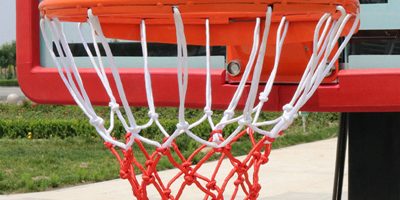Introduction: The design of a basketball goal is not arbitrary; it involves careful consideration of scientific principles to ensure optimal performance. In this blog, we’ll delve into the science behind basketball goal design, from the angle of the backboard to the materials used in the rim.
1. Backboard Material and Bounce:
The choice of backboard material affects the ball’s bounce off the board. Tempered glass provides the truest bounce, closely resembling professional game conditions. Acrylic and polycarbonate backboards are durable and offer consistent rebound characteristics.
2. Rim Flexibility:
The flexibility of the rim is a critical factor in basketball goal design. The breakaway rim is engineered to flex upon impact, absorbing energy and reducing the force transmitted to the player. This feature prevents injuries and prolongs the life of the rim.
3. Rim Diameter and Height:
Regulation-size rims have a diameter of 18 inches and are positioned 10 feet above the playing surface. These dimensions are standardized to maintain consistency in gameplay and scoring.
4. Net Design:
The net is designed to capture the ball after a successful shot while allowing it to pass through smoothly. The net’s mesh size and material contribute to its performance and durability.
5. Angle of the Backboard:
The angle of the backboard is critical for the trajectory of the ball after a shot. A properly angled backboard ensures that the ball rebounds predictably and consistently.
6. Padding and Safety:
Padding on the pole and backboard is designed to protect players from collisions and falls. It is engineered to absorb impact forces, reducing the risk of injury.
7. Weather Resistance:
Outdoor basketball goals are subjected to various weather conditions. Weather-resistant materials and coatings are used to prevent corrosion and maintain performance over time.
8. Height Adjustment Mechanisms:
The height adjustment mechanism relies on precise engineering to allow players to change the hoop’s height easily. Counterbalance systems and locking mechanisms ensure stability and safety during adjustment.
Conclusion:
The design of a basketball goal is a blend of engineering and scientific principles that aim to provide an authentic playing experience, safety, and durability. Whether you’re shooting hoops in your driveway or playing on a professional court, the design elements of the basketball goal contribute to the overall enjoyment and quality of the game.
























